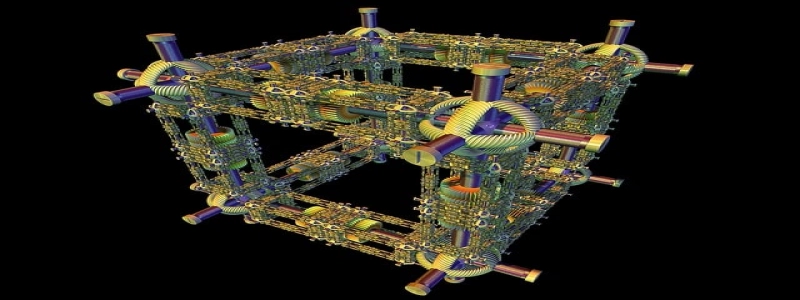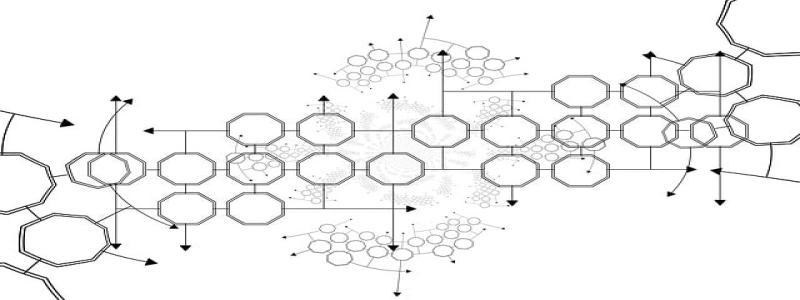Switch Powered over Ethernet (PoE)
I. Introduction
A. Definition of PoE
B. Importance of PoE in networking
II. How PoE Works
A. Power Sourcing Equipment (PSE)
B. Powered Devices (PD)
C. PoE standards
III. Advantages of PoE
A. Simplified installation
B. Cost-effective solution
C. Flexibility in device placement
IV. Applications of PoE
A. Voice over IP (VoIP) phones
B. Wireless Access Points (WAPs)
C. IP security cameras
V. Limitations and Considerations
A. Power budget limitations
B. Compatibility with non-PoE devices
C. Ethernet cable length limitations
VI. PoE Implementation Challenges
A. Network switch compatibility
B. Power loss and voltage drop
C. Power delivery concerns
VII. Future Developments in PoE
A. Higher power delivery capabilities
B. Improved standards and interoperability
C. Integration with smart building systems
VIII. Conclusion
A. Recap of PoE benefits
B. Potential for wider adoption and increased usage in networking technology
Switch Powered over Ethernet (PoE)
I. Introduction
A. Definition of PoE
Switch Powered over Ethernet (PoE) refers to a technology that allows the power and network data to be transmitted over a single Ethernet cable. This eliminates the need for separate power cables, simplifying the installation process and providing flexibility in device placement. PoE has become increasingly important in networking as it provides a cost-effective and efficient solution for powering devices in various applications.
II. How PoE Works
A. Power Sourcing Equipment (PSE)
In a PoE system, the Power Sourcing Equipment (PSE) is responsible for providing power over the Ethernet cable. The PSE can be a network switch or a midspan injector, which adds power to the Ethernet cable.
B. Powered Devices (PD)
Powered Devices (PD) are the devices that receive power from the PSE. These can include devices such as VoIP phones, wireless access points, and IP security cameras.
C. PoE Standards
There are several PoE standards, including IEEE 802.3af (PoE), IEEE 802.3at (PoE+), and IEEE 802.3bt (PoE++). These standards define the maximum power delivery and voltage levels supported by the devices.
III. Advantages of PoE
A. Simplified installation
One of the key advantages of PoE is the simplified installation process. By eliminating the need for separate power cables, PoE significantly reduces the complexity and cost associated with installing and managing devices.
B. Cost-effective solution
PoE eliminates the need for additional power infrastructure, reducing the costs involved in purchasing and maintaining power adapters and cables. This makes PoE a cost-effective solution, especially in large-scale deployments.
C. Flexibility in device placement
With PoE, devices can be placed in locations where power outlets may not be readily available. This flexibility allows for better device placement and enables the deployment of devices in areas that were previously inaccessible.
IV. Applications of PoE
A. Voice over IP (VoIP) phones
PoE is commonly used to power VoIP phones, providing a simple and efficient way to integrate them into a network infrastructure without the need for additional electrical connections.
B. Wireless Access Points (WAPs)
PoE is widely used for powering wireless access points. This allows for greater flexibility in deploying WAPs, as they can be easily installed in optimal locations without the need for nearby power outlets.
C. IP security cameras
PoE is also extensively used in IP security camera systems. By using PoE, security cameras can be placed in various locations, even in areas without power outlets, simplifies installation and reduces the overall system cost.
V. Limitations and Considerations
A. Power budget limitations
PoE systems have power budget limitations that need to be considered. The total power required by all connected devices should not exceed the maximum power budget of the PSE.
B. Compatibility with non-PoE devices
Non-PoE devices cannot be powered directly from a PoE source. Special adapters or midspan injectors are required to convert the PoE power to a standard power source.
C. Ethernet cable length limitations
The maximum distance that power can be transmitted over an Ethernet cable is limited by the cable length. Longer cable runs can result in power loss and voltage drop, affecting the performance of the powered devices.
VI. PoE Implementation Challenges
A. Network switch compatibility
Not all network switches are PoE-compatible. It is important to ensure that the network switch supports the desired PoE standard to power the devices effectively.
B. Power loss and voltage drop
Power loss and voltage drop can occur over longer cable runs, leading to decreased power delivery and potential performance issues for the PoE devices. Proper planning and cable management are essential to mitigate these challenges.
C. Power delivery concerns
Some devices, such as high-power equipment, require more power than what standard PoE can provide. Advanced PoE solutions or alternative power sources may be necessary to meet the power demands of these devices.
VII. Future Developments in PoE
A. Higher power delivery capabilities
The future of PoE is moving towards higher power delivery capabilities. The latest standard, IEEE 802.3bt (PoE++), supports power delivery of up to 100W, enabling the powering of even more demanding devices.
B. Improved standards and interoperability
As PoE continues to evolve, there will be improved standards and interoperability between devices. This will enhance compatibility and simplify the deployment of PoE systems.
C. Integration with smart building systems
PoE is expected to play a significant role in the integration of smart building systems. By providing both power and data over a single cable, PoE can simplify the installation and management of various devices in a smart building environment.
VIII. Conclusion
A. Recap of PoE benefits
Switch Powered over Ethernet (PoE) is a technology that allows the transmission of power and network data over a single Ethernet cable. It simplifies installation, provides cost-effective solutions, and offers flexibility in device placement.
B. Potential for wider adoption and increased usage in networking technology
With its numerous advantages and future developments, PoE is expected to be more widely adopted and increasingly used in networking technology. Its ability to power various devices efficiently makes PoE an essential component of modern network infrastructure.








